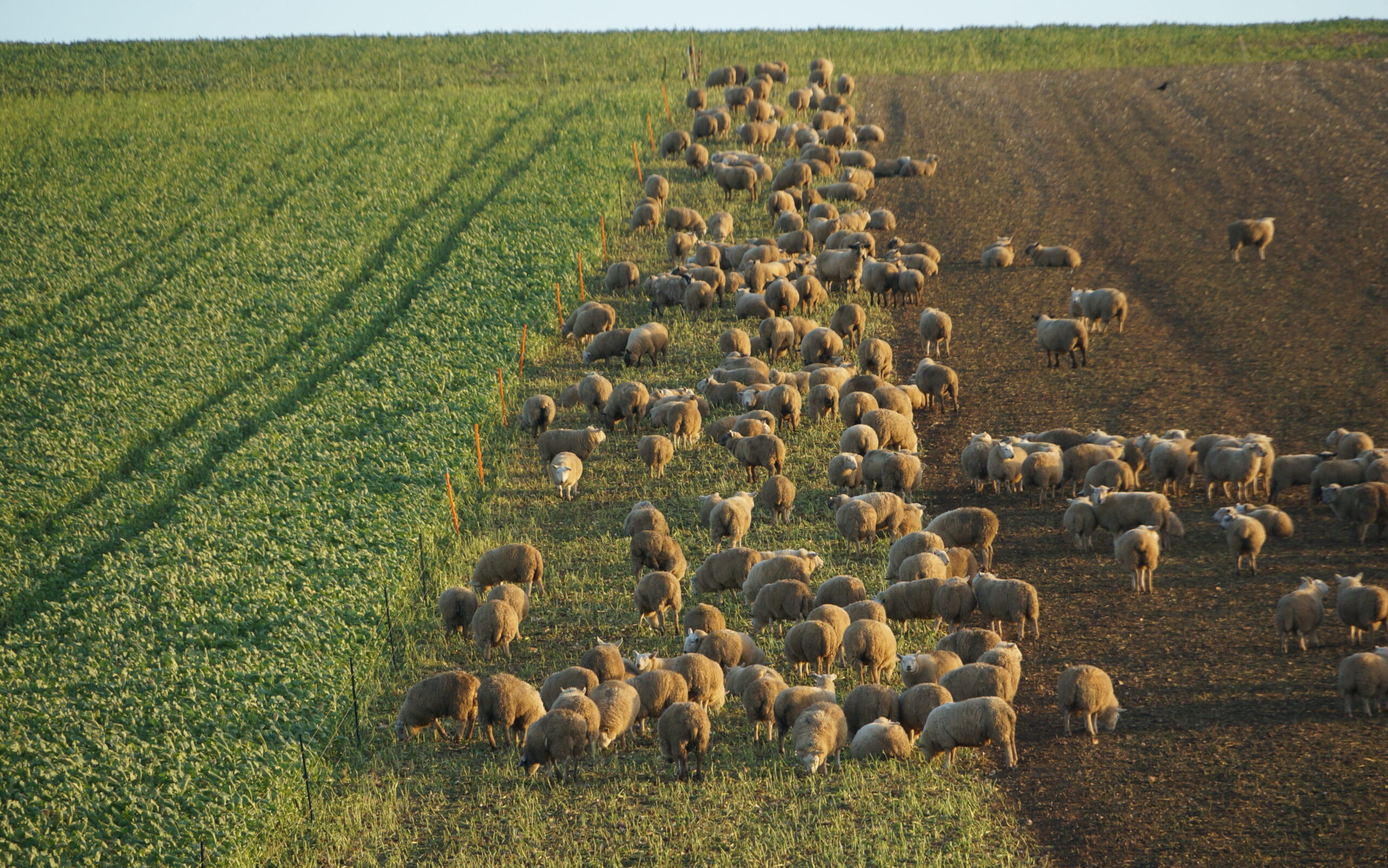
Definition
A sequence of crops usually fixed in a certain definite order
Very few crops grown on the same land year after year produce good yields – grass being the exception
Probably the single most important aspect in controlling the health of the land and crops
Main reasons for Rotations
- To Control Pests and Diseases of Land and Crops
- To keep up and improve soil fertility
- To maximise yield from crops
- To help control weeds
- To cultivate the whole farm efficiently (not to same depth)
- To make sure manures and fertilisers are used to best advantage
- To spread the use of labour over the year
- Contract or Quota requirements (Potatoes, Beet or Seed crops)
History

Rotations have been used since Roman times into Middle Ages. Resurrected in 1730’s by Norfolk nobleman – Viscount ‘Turnip’ Townend, who invented the Norfolk 4 Course Rotation
Norfolk 4 Course Rotation
- ROOTS
- SPRING BARLEY
- RED CLOVER/GRASS
- WINTER WHEAT
Modern Rotation
This has evolved into today’s rotation
- GRASS
- POTATOES
- WHEAT
- SUGAR BEET/OIL SEED RAPE
- WHEAT/MAIZE
- WHEAT
Added Benefits
More efficient use of Land, Labour and Machinery. A well planned rotation has plenty of 1st yr Wheat’s The ideal rotation is a balance of Cereals, Legumes, Root Crops and Broad Leaved Arable crops.
A diverse rotation should :
- Break Pest and Disease cycles
- Improve weed control options
- Crop cover to prevent erosion
- Improve nutrient cycling
- Improve soil structure
- Can allow livestock to utilise land, adding nutrients
Increasingly livestock are being put back into crop rotations – just like the original Norfolk 4 course rotation.
Potential Problems
- Root crops can demand big investment in machinery
- Quotas and contracts can limit certain crops
- Some crops not as profitable although with hidden benefits
- Soil types can influence cropping – heavy land not good for spring crops
Other Pointers
Rotations and Market will affect variety choice
Rotations are best planned so that crops with high N demands follow OSR, Legumes or Grass
Problem weeds can be controlled in rotational set aside
Some residual herbicides persist long enough to affect following crops
Crop rotation is crucial to prevent carry over of pests esp. Nematodes
Care must be taken with vulnerable crops not to plant them next to the field in which the same crop was grown the previous year – pests migrate
Disease carry over in crop debris can be controlled e.g. Take-All, Sclerotinia, Club Root etc
Crop rotations are ideal for Environmental benefits and improved biodiversity


